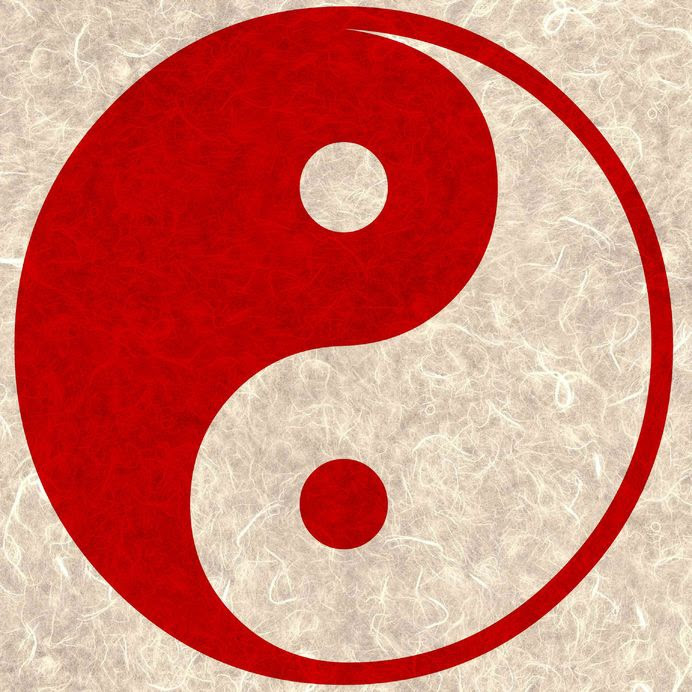Welcome to the Rethinking Cancer Newsletter – #65
The scene: An attractive couple walking hand in hand along the water’s edge of an exotic beach at sunset.
The woman (close up): “My (name of dread disease) was not improving. In fact, I was barely managing symptoms, so my doctor recommended (awkward-sounding multi-syllabic name of a new drug) and now my life has never been better!
Soothing voiceover (soft music playing): “(drug name) can cause serious side effects, such as diabetes, tuberculosis, kidney disease, Inflammatory Bowel Disease, cardiac arrest, depression, suicidal tendancies, sudden death…….Ask your doctor if (drug name) is right for you!”
Why is it that direct-to-consumer TV ads of prescription drugs like this are banned in every country in the world, except the U.S. and New Zealand? Drug companies spend millions a day to air them — $4.5 billion in 2016, an investment leading to higher drug prices and creating demand for the newest, flashiest, most expensive drugs which may be less safe or effective than older time-tested products. AND, of course these commercials do nothing to support the notion that there are ways other than toxic drugs to overcome serious health issues, or just manage symptoms.
Even the American Medical Association (AMA) has called for a ban on these promotions. But our Food and Drug Administration (FDA) has done nothing to crack down on them, perhaps fearing litigation on commercial free-speech or just the power of the drug lobby. If you’ve had enough, let your Congressional representatives know that they need to stand up to Big Pharma and get these ads off our airways! You can also sign this petition.
To your health!
Foundation for Advancement in Cancer Therapy (F.A.C.T.)
P.S. Heads up! We have a powerful new book coming out, hopefully, by the end of this year. It’s called Healing Cancer, a must-have for your health library. In the meantime, be sure to view our film, Rethinking Cancer (streaming on iTunes in Belgium, British Virgin Islands, Canada, France, Germany, Hong Kong, Ireland, Japan, Luxembourg, Spain, Taiwan, Thailand, United Kingdom, United States) and stay in touch on Twitter, Facebook and our YouTube channel!

Should We Fear Getting Sick? A Traditional Chinese Medicine Perspective
by Rishma Parpia
Traditional Chinese Medicine (TCM) originated in ancient China and is one of the oldest healing systems practiced for thousands of years. The discipline relies on the following four guiding principles:
The body is an integrated whole — All parts of your body are interconnected and each part plays an integral role to its harmonious functioning as a whole; this includes your mind and your emotions.
The body has a natural self-healing ability —Your body contains all the necessary instruments it needs to heal itself. It has the capacity to regenerate just like nature does. In some cases it may appear that the self-healing ability is decreasing, however, in most cases, it is not completely lost. Read More

Don’t Eat All the Cucumbers!
Cucumbers are a wonderful food. Though about 90% water, they contain an impressive array of vitamins — C, A, K, B5 — and minerals — potassium, magnesium, manganese — which fight inflammation and infection, produce energy, and strengthen bone and heart health. Recent studies have also shown that cucs contain powerful lignans that contribute to reduced risk of some cancers, including, prostate, breast, uterus, and ovarian and they are loaded with other phytonutrients, called cucurbitacins, known as strong inhibitors of cancer cell development.
But there are ways other than eating to enjoy the benefits of cucumbers. This member of the gourd family (technically a fruit because of its seed-bearing structure that develops from the ovary of a flowering plant, whereas vegetables come from other parts, like stems, roots, leaves) is a real treat for the skin! Read More

Tai Chi and Your Brain
You may have seen them in the park: small groups of people in loose clothing doing weird slow motion poses. This is not some fanatical dance cult! It’s tai chi chuan, an increasingly popular, moderate form of exercise that combines deep, diaphragmatic breathing with flowing, dancelike stances — a surprisingly effective workout for all ages.
Many recent studies have shown that tai chi improves balance, leg strength, cardiovascular endurance, pulse rate, muscular flexibility, immune function, sleep quality, happiness, self-esteem, and cognitive skills like the capacity to concentrate and multitask. Even cows appear to benefit: farmers from a British dairy organization that promotes organic milk perform Tai Chi in front of cows because they believe it “can bring an additional spiritual uplift to their herds, fields and farmyards.”
A new study revealed especially impactful results on the brains of older adults who had been practicing this gentle martial art for several years. Read More
Easy Miso Soup
After your tai chi class, how about a healthy soup from Japan? Miso, along with natto and tempeh, are fermented soy products, a process that makes nutrients readily available. Miso provides beneficial probiotics, improves digestion, helps normalize blood pressure, has anticancer effects, and supplies important nutrients, like copper, manganese, Vitamin K. Unfermented soy (soy milk, tofu, TVP, soy cheese, soybean oil, edamame, etc.) is a very different product. It inhibits enzymatic function and may contain high levels of toxins and anti-nutrients. It is not recommended, which is why we do not add tofu to this recipe.
2 cups pure water (preferably distilled)
¼ cup chopped green chard, bok choy, collard greens, kale, cut in thin strips
¼ cup chopped green onion
1 ½ – 2 Tbsp. organic white miso paste (fermented soy bean paste)
1/2 sheet (1/8 cup) nori (dried seaweed), cut into large rectangles
- Place water in a medium saucepan and bring to a low simmer.
- Add nori and simmer 5-7 minutes.
- Meanwhile, put 1 1/2 Tbsp. miso into a small bowl, add a little hot water and mix until smooth. Then add to the soup and stir. This ensures no clumps.
- Add greens and onion to the pot and simmer for another 5 minutes or so. Adjust seasoning, add more miso if desired. Serve warm for a soothing, gastric-friendly dish. Often served at the beginning of a meal to calm the body/mind and “awaken” the taste buds.





